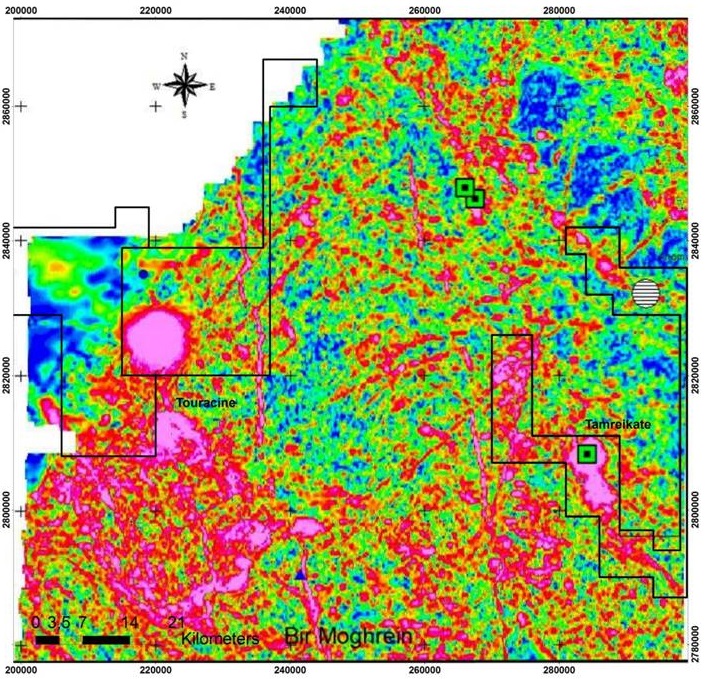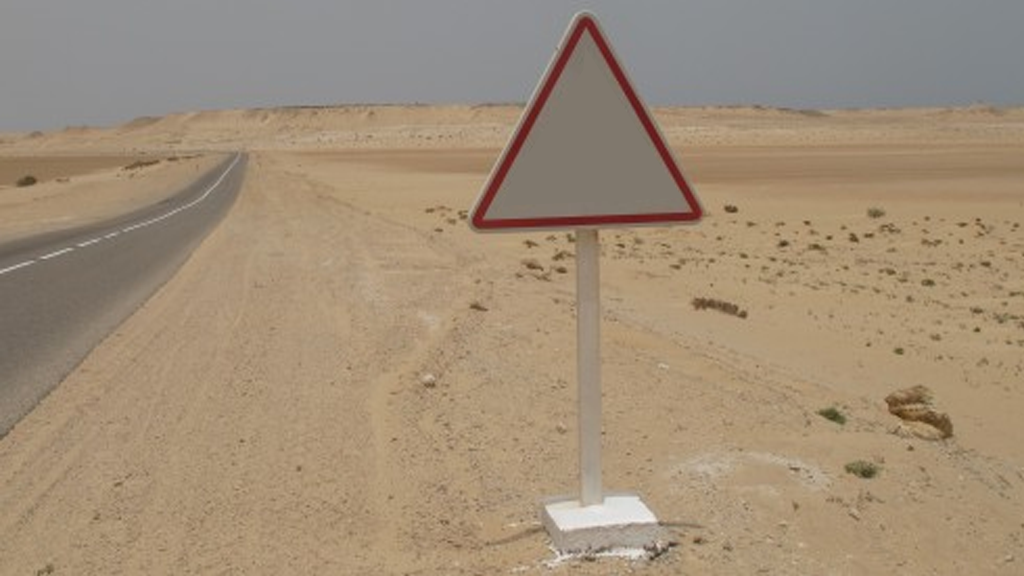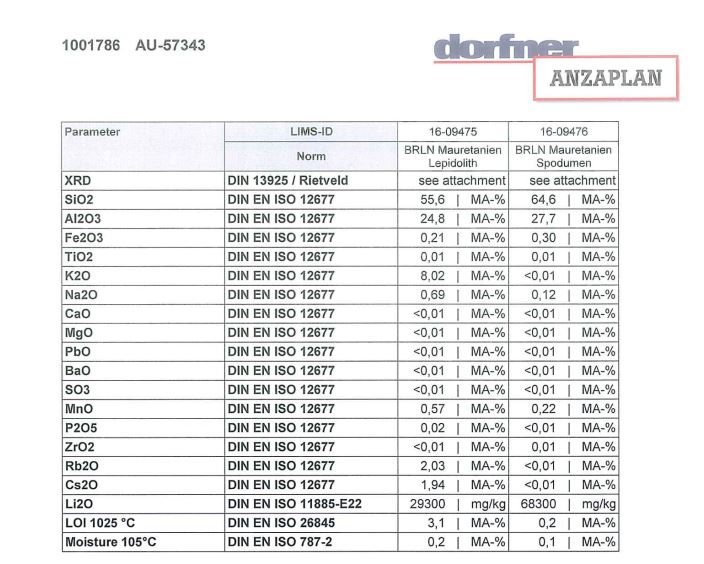Lithium
Lithium is mined from salars brine deposits in Chile and Argentina, granites in China, and pegmatites in Australia, China, and Zimbabwe. In this spirit, SURICATE MINERALS is engaged in an exploration project targeting Lithium in both of these geological environments.
The main lithium-containing minerals are :
Spodumene (LiAlSi2O6) up to 8% Li2O ;
Petalite (LiAlSi4O10) up to 4,8% Li2O ;
Lepidolite K (Li, A)8(Si, Al) 4O10 (OH, F)2 up to 4% Li2O ;
Amblygonite (LiAlPO4 (F, OH) up to 9% Li2O ;
Brines (solars).
Pegmatites
In the sector of Tasiast
There are several generations of quartzofeldspathic pegmatites cutting the area of the SURICATE permits. Inal is traversed by a belt of pegmatites oriented South-West, North-East over a length of 15 km and width exceed 5 km. Several occurrences of Li and Be-bearing pegmatites were discovered in this area. In this belt of pegmatite, there exists a particular type of pegmatite very rich in Spodumene, lepidolite, and Petalite. Also this Lepidolite contain significant tensides of Tantalum , Cesium (1.94%), Rubidium (2.03%).
These pegmatites are rich in Tantalum, in the form of small crystals of microlite.
Pic of purple pegmatites rich in Spodumene Lepidolite, Petalite and Tantalum from Inal
The investigations carried out concluded that the economic potential is very high with many occurrences containing beryl, but especially huge quantity of spodumen lepidolite.
Chimical analyses of pegmatites outcrops give an excellent results for low Iron spodumene and lepidolite, repectively 68300 ppm and 29300 ppm of Li.
.
Chimical analysis of pegmatites samples from Inal (Dorfner Anzaplan, Germany)
In the sector of Tamreikate
The Tamreikate and Touracine permits were located in the far north of Mauritania, in the Bir Moghrein region.
This area allows itself the Paleoproterozoic formations of Bir Moghrein. The Paleoproterozoic formations include: granites with amphibole, porphyroids granites, granular or microgrenu pink monzogranites and syenite intrusions with augite or ergyrin. These alkaline formations are associated with numerous types of pegmatites, of which the magnetic signal and the geochemical anomalies show enrichment of incompatible elements such as: Li, Nb, Ta, Rb, Cs Th, and REE. These formations are covered by deposits Glaciers and deposits of Sabkhas.

The anomalies location map of the magnetic signals in the permits.
Salars or Sebkhas ‘salt flats’
SURICATE is also targeting some clay-rich “pans” or Sabkhas to the northern (Touracine and Tamreikate) part of Mauritania in the Reguibat shield. The surface and geological setting of the pans is strongly reminiscent of pans known in other parts of Africa that are being investigated for lithium and other valuable salts.
Pic of Sabkha in the Touracine .
The valuable salts can occur in the Sabkha environment either in clays at or near surface or in brine reservoirs deeper in the lake sediments. The Sabkhas concerned, appear to exhibit many of the characteristics required when considering the potential for the associated economic mineralisation: closed drainage basin, favourable geological environment, arid climate.
Obviously, the brine pools would be the preferred style if it were present to large proportion of lithium (and other salts) production is from salar-hosted brines within the so-called “lithium triangle” of Chile, Argentina and Bolivia.
Currently Suricate Minerals is in the process of deepening lithium evaluation in the Inal pegmatite , by a detailed study of the different types of pegmatites .Over a covered soil surface of several tens square kilometers of pegmatite rich in low iron spodumene, petalite and lepidolite .
This study is encouraged by the presence huge quantity of pegmatites rich in lithium and Tantalum.



